Description
This curriculum offers the Indic approach to the critical study of the Pratyabhijna philosophy, which is the most fully developed body of teachings in non-dual Śaiva Tantra-Agama. The rich corpus of Agama and Tantra literature and Practices has impacted more directly on the spiritual outlook and religious adherences, rather silently than other influences. The course would walk the learner through the gamut of this rich literary treasure and use the primer text ‘Pratyabhijnahrdaya’ of Rājānaka Kṣemarāja for structuring the learning material. While the attempt is to stay as true to the original author’s vision, this course attempts to make a meaningful contribution to the spiritual dimension of human life. It does not merely report what was taught by scholar-philosophers in the Valley of Kashmir 1,000 years ago; it also attempts to show how, what Kṣemarāja wrote, constitutes a cutting-edge contribution to spiritual discourse in the current age by unpacking his meaning in terms of concepts, metaphors, and analogies that are current in our present culture.
Thorough research has gone into the design of the curriculum.
About the Course
Objective(s)
- To understand the textual traditions that influenced the vast range of Tantric and Temple practices.
- To appreciate the influence of Kashmir thinkers on the various fields of literature and its substantive base in Kashmir Shaivism.
- To understand that the text, Pratyabhijñā-hṛdaya, which means ‘the Essence of the Recognition philosophy’ as an explicit work of constructive theology that encounters that same text as a living document capable of instigating spiritual awakening, spiritual epiphanies, and even radical transformation of one’s experience of reality.
Expected Outcomes
At the end of the course the student will be able to answer according to the Pratyabhijna:
- What is the fundamental nature of a human being?
- Is consciousness a static witness or a dynamic process?
- How do we acquire valid insight, undistorted by our past conditioning?
Curriculum
Module I- Fundamentals of Tantra- Agama
- Tantra-Agama Landscape
- Tattva-grama
- Bheda-Bhedabheda-Abheda schools of Agamas
- Divergences from other schools of Advaita
- Trika and its constituent schools
Module II – Introduction to the Structure of Pratyabhijnahrdaya
- “Key words”, their meanings and their context
- Nature of Consciousness
- Pratibimbavada- The theory of reflection
- The theory of contraction
- Seven types of Cognisers (Saptapramtr-bhumika)
- Positions of other schools of Darshanas vis-a vis Paramadvaita
- Panchakrtya- The five-fold acts at Supreme and Individual levels
- Three types of Upayas- Anava, Shakta and Shambhava
- Yogic practices and its distinction from the other schools of dualist Yoga.
Evaluation & Assessment Methods Used
Formative Assessment:
- Continuous Evaluation (Continuous Assessment)
- 40% weightage: 20 marks
- Formative Assessment will be based on a continuous comprehensive pattern
- There shall be assignments and quizzes
Summative Assessment:
- End Term Examination
- 60% weightage: 30 marks
- There shall be an End-term examination of 30 marks
Formative Evaluation-The answer sheet of the formative examination will be shown to individual students, and the student will be guided on how to improve upon the performance.
Summative Evaluation – The end term examination shall be conducted as per the university examination schedule. The paper, for Theory, shall be assessed by the teacher who teaches the course.
References
The Spandakarikas of Vasugupta, with the Nirnaya by Ksemaraja, Kaul Shastrı, M. (1925), Edited with Preface, Introduction and English Translation. Srinagar: Research Department, (KSTS 42)
Abhinavagupta (1988), Parātrīśikāvivaraṇa, trans. Jaideva Singh (Delhi: Motilal Banarsidass)
Kṣemarāja (1982), Pratyabhijñāhṛdayam, trans. Jaideva Singh (Delhi: Motilal Banarsidass)
Pandit, B. N. (1991). Essence of the Exact Reality, or Paramārthasāra of Abhinavagupta. (Delhi: Munshiram Manoharlal).
Timalsina, Sthaneshwar (2014), “The Dialogical Manifestation of Reality in the Āgamas”, Journal of Hindu Studies 7.1: 6-24.
About the Scholar
Name: Ramachandrasekhar P
Email ID: sathyaprcsekhar@gmail.com
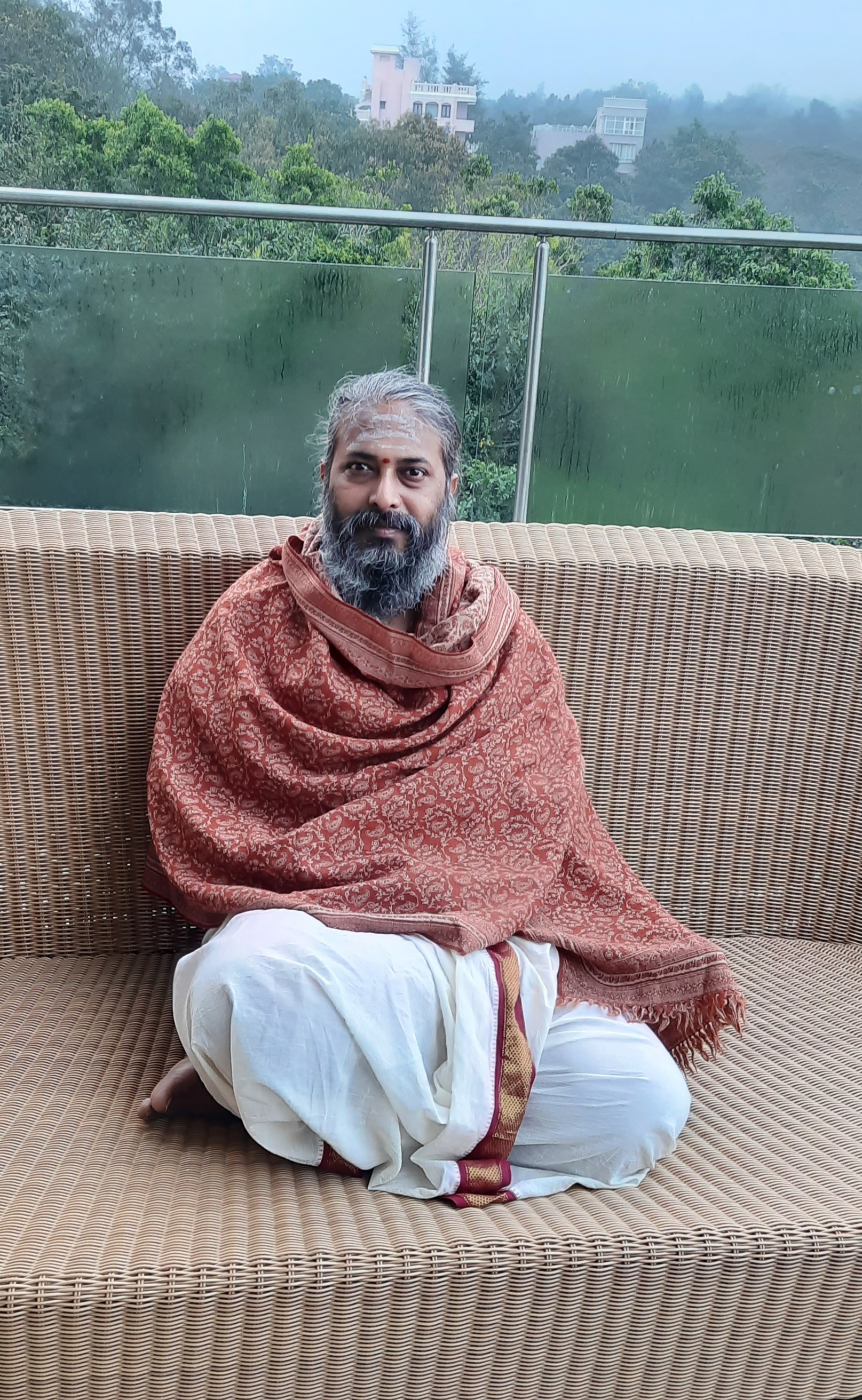
Dr. Ketu Ramachandrasekhar has his Doctorate in Indian Epistemology and is a recipient of the Prince of Wales Medal for Outstanding Performance at the University of Madras and was fortunate to complete his studies under his Guru Vidya Vachaspati Brahmashri Goda Venkateshwara Shastrigal. He was selected as a Fellow for Studies in Neuro-Aesthetics and Indian Rhetorics by the Ministry of Culture, GOI. He was a part of the Academic Team of scholars across Europe on the discussion of Natya Texts and a member of Aix-en-Provence University, France Academic Panel. He is also involved with Samskrt Theatre for the past 28 years and has acted in many plays produced by Samskrta Ranga founded by Dr V. Raghavan. His expertise in Shaiva Pratyabhijna School is well recognised by scholars of Kashmir Shaivism and he has been a regular contributor to their Journals on the works and contributions of Acharya Abhinavagupta. He has attended several national and International Conferences. He has several research articles and books to his credit which includes a detailed study of Abhinayadarpana of Nandikeshvara, Independent commentary on Devi Mahatmya, translation of Majma-ul-bahrain of Dara Shikoh, and others. His advice is also sought in matters relating to prayoga aspect of Tantra Shastra by established centers of Shakti worship. He owes all his achievements to his Guru Vidya Vacaspati Brahmashri Goda Venkateshwara Shastrigal.
Course schedule and other details
Start Date: September 5th, 2023
Course Category: Foundation Course
Credits: 2 (30 hrs)
Duration: Every Tuesday & Thursday (7:30 PM – 8:30 PM)
Medium of Instruction: English
Target audience: A working knowledge of Sanskrit
Delivery: Live sessions
Contact: info@vedavaapi.org
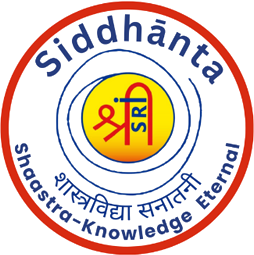
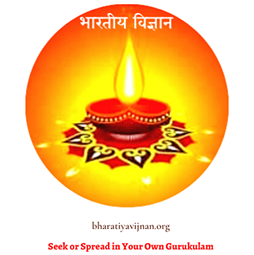
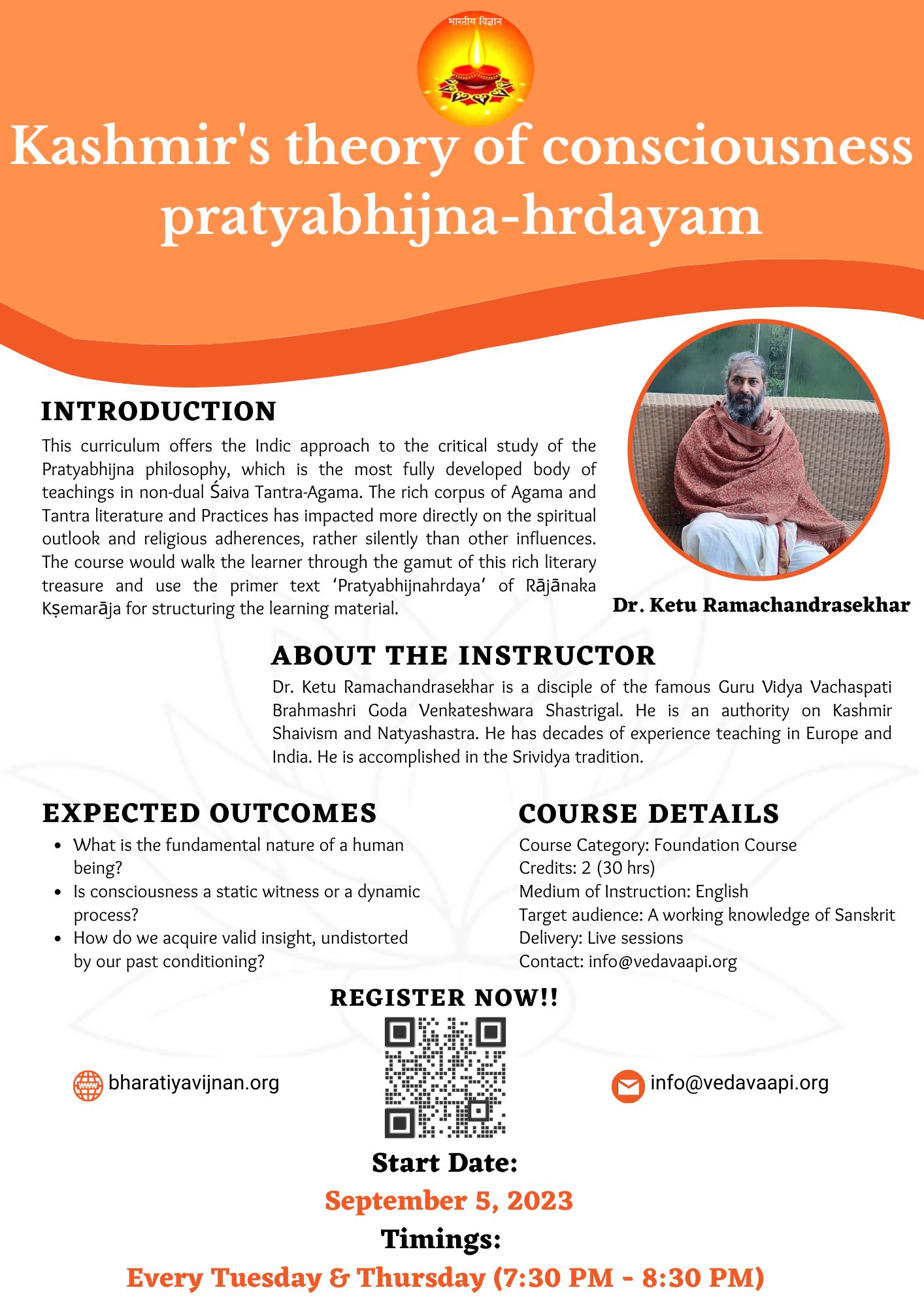

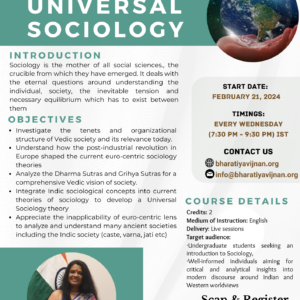
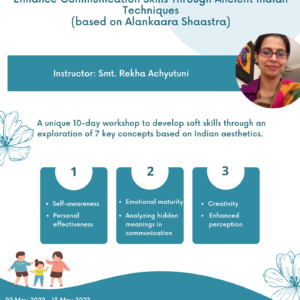

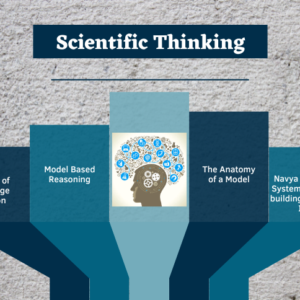
Reviews
There are no reviews yet.